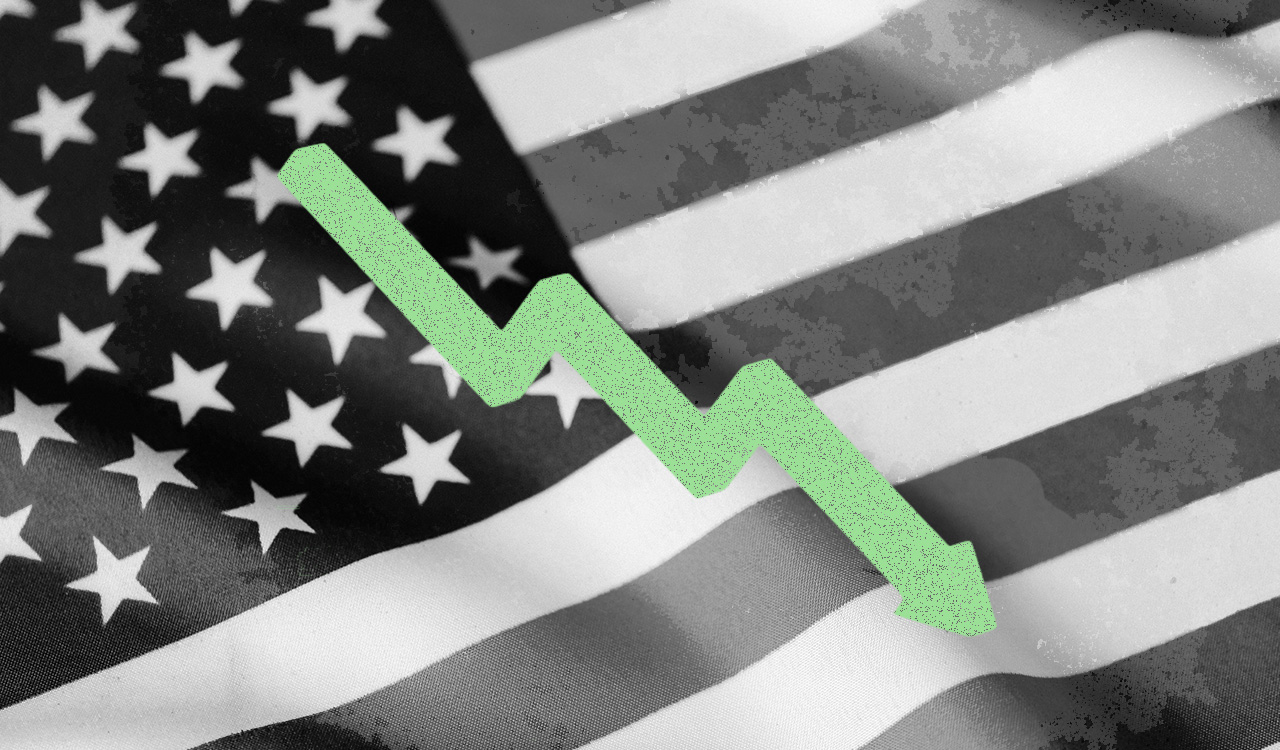\”There are three kinds of lies,\” Mark Twain famously wrote over a century ago. \”Lies, damned lies, and statistics.\”
The conventional media reporting on the U.S. Census Bureau\’s monthly retail sales reports epitomizes how misused statistics can become no better than lies. The recently released July retail sales report is a prime example.
Fake News
After the report came out on August 16, media outlets ran with blaring headlines. To give just a few examples, CNBC talked about a \”worse-than-expected\” drop of 1.1 percent, while CNN called the report a \”Delta warning sign\” and The New York Times said it pointed to \”a rocky economic recovery.\”
[callout]The continuation of international travel restrictions due to the pandemic could benefit medium-term retail sales as higher-income consumers continue to spend less on travel and more on goods (and buy luxury items in the U.S. rather than at boutiques overseas).[/callout]
In fact, the July retail sales report was quite impressive and highlights the continuing strength of U.S. consumer demand. One just needs to do a little digging into the numbers to understand that.
Monthly Versus Year-Over-Year Changes
Each month, the Census Bureau releases an estimate of retail sales for the prior month. The most prominent metric it reports is the change in seasonally adjusted sales compared to the month before. For example, this month\’s report estimates July 2021 retail sales and compares them to June 2021, adjusted for seasonality.
This statistic offers a preliminary view into changes in retail sales trends. In some cases, it may serve as a leading indicator for accelerations or decelerations in economic growth, which is presumably why the Census Bureau reports it.
On the other hand, retail sales can be volatile from month to month. (Unsurprisingly, the pandemic has added to this volatility.) Sometimes, a month-over-month decline in retail sales is just a blip rather than the beginning of a trend.
This makes it worthwhile to take a longer view. Indeed, retailers don\’t typically measure how much their sales grew compared to the month before; they compare to the prior year. Year-over-year growth statistics tend to provide a cleaner (albeit still imperfect) look at how much consumer demand is growing, if at all. The Census Bureau does report year-over-year changes in retail sales, but these figures routinely take a back seat in the media\’s reporting.
What Sales Decline?
Seasonally adjusted retail sales did decrease 1.1 percent sequentially in July, as the headlines reported. Some of the more enterprising media outlets noted that excluding autos and auto parts, retail sales dipped just 0.4 percent sequentially. (Semiconductor shortages have artificially constrained auto sales recently.) A handful of analysts and media outlets also highlighted that Amazon ran its annual Prime Day bonanza in June this year. Many of Amazon\’s rivals ran their own promotional events at the same time to counter the ecommerce giant. This artificially boosted growth in June but caused a sequential slowdown in July.
On a year-over-year basis, though, retail sales jumped about 16 percent. That\’s not as strong as the 19 percent year-over-year increase recorded in June: hence the finding that seasonally adjusted sales declined sequentially. Nevertheless, it represents a torrid pace of growth.
Of course, the U.S. was just starting to recover from the first wave of the pandemic a year ago. Insightful readers might wonder whether that\’s skewing the year-over-year growth statistics.
That may be true to some small extent, but U.S. retail sales also grew 3.9 percent year over year last July. Thus, July 2021 retail sales increased by more than 20 percent compared to July 2019. Some slowdown!
The Same Story, Line by Line
The same overarching theme holds for each of the major retail categories that threw up red flags according to many media reports. Sales at furniture and home furnishings stores (a category that was a big pandemic winner) slipped 0.6 percent sequentially in July, on top of a 2.2 percent drop in June. Compared to July 2019, though, sales rose by more than 20 percent.
Similarly, the Census Bureau reported a 1.2 percent sequential sales decline for home improvement stores, but sales grew 23 percent compared to July 2019. For non-store retailers, the sequential decline was 3.1 percent, but sales exceeded July 2019 levels by 31 percent. (Moreover, Amazon ran its Prime Day promotion in July two years ago, making the comparison especially difficult.)
Even the hard-hit apparel and accessories category has rebounded with gusto in recent months. While the sales pace declined 2.6 percent sequentially in July, sales soared more than 40 percent year over year and nearly 20 percent compared to 2019. Finally, sales fell 1.9 percent sequentially in the catch-all classification for sporting goods, books, musical instruments, and other hobbies while still surging 38 percent relative to July 2019.
The U.S. Retail Industry Is Thriving
In short, across virtually every merchandise category, retailers continued to record incredible growth versus 2019 during July.
It\’s certainly possible that the recent rise in Covid-19 cases and hospitalizations associated with the Delta variant could dull retail\’s momentum in the near term. But this, too, shall pass. The U.S. consumer remains extremely healthy, having accumulated an estimated $2.4 trillion of excess savings since the beginning of 2020, according to Wells Fargo. This doesn\’t even account for the massive increases in home equity that homeowners are enjoying. The Case-Shiller index of housing prices has risen more than 20 percent over the past two years.
These two factors will support years of strong retail sales, particularly favoring retailers that cater to wealthier households. In fact, the continuation of international travel restrictions due to the pandemic could benefit medium-term retail sales as higher-income consumers continue to spend less on travel and more on goods (and buy luxury items in the U.S. rather than at boutiques overseas).
You wouldn\’t know any of this from reading most media coverage of the July retail sales report, though. The media\’s myopic focus on month-to-month changes in retail sales does readers a disservice by obscuring the longer-term trends that better reflect the underlying strength of consumer demand.




